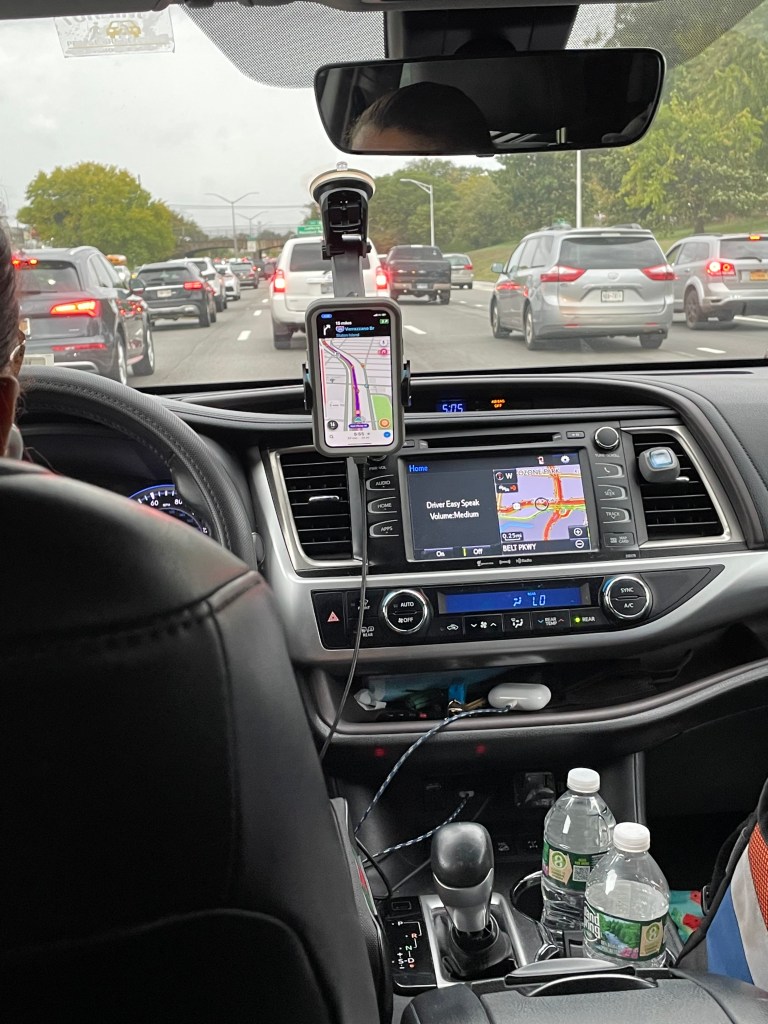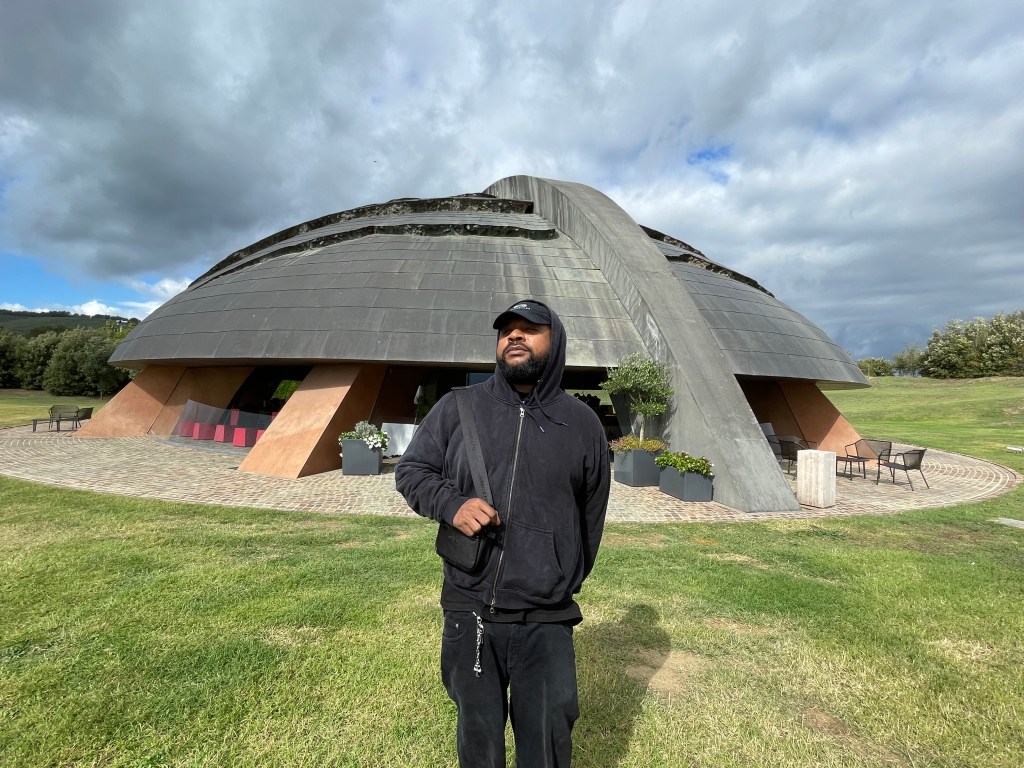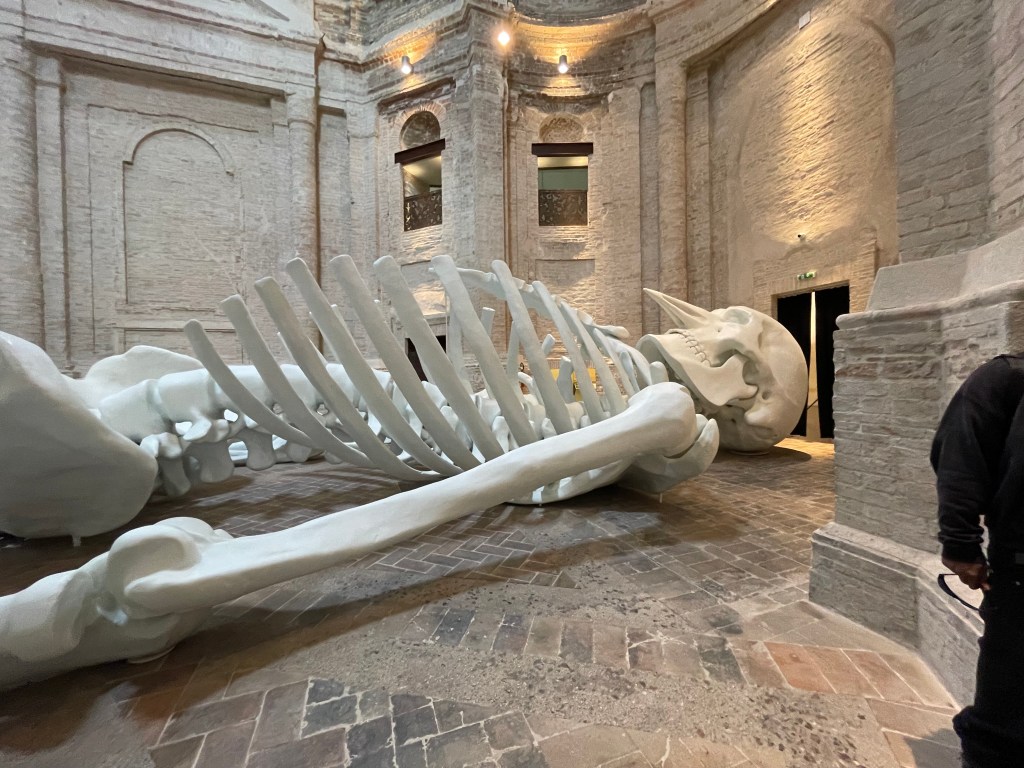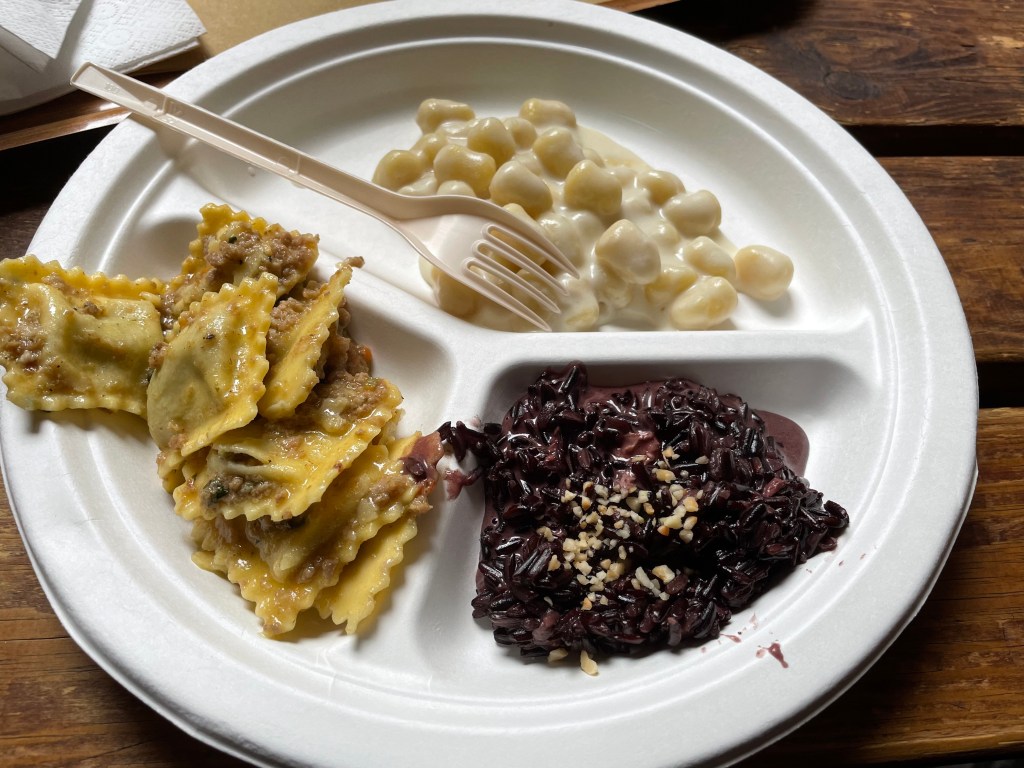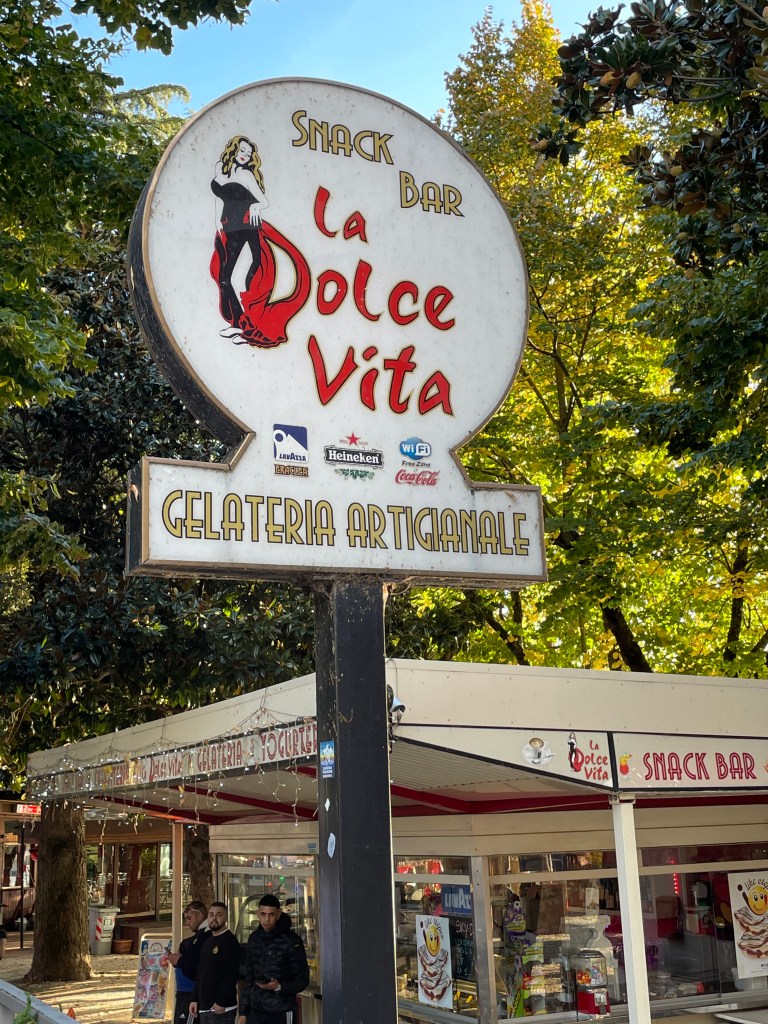If you’ve ever worked with me, you’ll know that I have distinct geek tendencies. Back in the late 1990s I took a break from being a full-time editor to play with machines. The project involved bringing a few newsrooms up to modern standards. One newsroom went from an archaic and incredibly strange Windows PC and Mac setup with no way to track files, to what was then the standard for publishing, the Quark Publishing system. But it was pretty no-frills at the time, with the first project not having direct Internet access until a year or two after the system was in use.
I think about technology a lot, although at this point I don’t earn a living by sharing those thoughts. But with our weird one foot in each place life, I have to say that tech has smoothed the way, making it easier to stay in touch with family and friends, and—sometimes I’m not completely convinced this is a good thing—it’s made it easier to live similar lives on both sides of the pond when it comes to music and video. I guess that I’m writing this because I get tired of the constant drone of negativism about where we are in 2022 when it comes to humans and machines. Yeah social media can be a menace. But the emphasis is on “can.” It doesn’t have to be and the fact that it’s easy to misuse makes it more important for us to be vigilant.
I’ll come clean right away: We’re in the Apple ecosystem; we trade a little more expense for fewer complications. The Spartan Woman started it years ago when she brought a Mac home from school one summer. Her school’s principal figured that the computers would be safer living with teachers than stored in the school over the long holiday. Back then I was taken immediately by how easy the Mac made it to do stuff like move files around, rename them, duplicate them, etc. I was a convert, and the following year, we bought our first Mac. I actually used it to gather wire copy and send it into the publishing system at work.
SO WHERE DOES TODAY, AND THIS BLOG come in? Well, when you think about it, we’ve got the digital equivalent of an RV—we carry our media home around, as long as we’ve got an internet connection. Only it weighs a little less and uses a lot less energy.
Our approach: We only buy laptops as computers, and we have iPhones; they like to work with each other. iPads are optional. We have little HomePod mini speakers, so we can have our music in both places without carrying around CDs (remember them?). All of our devices work with both U.S. and European voltages. I bought some Apple plugs that fit right into the AC adapters, so there’s no bulky and problematic adapters. We’ve laid in a supply of European rechargers, too, so that we don’t have to cart everything around. The only time things get complicated is when we aren’t going from one home to another directly. In that case, we need a couple of rechargers with Euro or American plugs to work in hotels and rented apartments.

In Italy, we don’t watch broadcast TV; we have a smart TV with an Apple TV. I know that’s redundant, but the Apple TV interface is much easier to use, and it gives us access to more services. The setup gives us Italian public TV stations via the app RAI Play, plus all the streaming services that we use, like Netflix and Mhz Choice. By the way, the latter is terrific, featuring European programming with subtitles, just in case you’re challenged by, say, Icelandic.

I guess that I wouldn’t be writing this post if we just vacationed for a week or two. Back then, we somehow managed to live without our music collection for a couple of weeks. But we’re older and spend a lot of time at home, especially in the winter, when Umbria is usually dark, cold, and wet. And thinking back further, The Spartan Woman and I wrote each other nearly every day that we were apart. Yeah, it was sweet.
Now, though, I can do remote work when it happens. Our hilltop Italian ‘net connection isn’t the fastest, but it gets the job done. And when it wigs out, we use our phones as hot spots. So what if a video chat is grainy or freezes every so often? It’s better than paying through the nose for a 3-minute phone call, like in the old days.
Some practical tips:
• You’ll need a lot of rechargers, recharging cables, adapters, dongles, etc. Put them all in a big Ziploc bag and carry that bag in hand luggage. Make sure your devices are fully charged; USB ports on planes aren’t the most powerful. Buy a portable battery pack or two just in case. (My bag of tricks on the right.)
• Put your laptop in a padded case. Because of airport security, make sure it isn’t a pain to haul it out and open the case. The faster you can get stuff in and out, the faster you’ll get through security. European airports seem to have more sophisticated scanners and the more polite security folks don’t make you take everything out of a knapsack or computer bag.

• If you have a choice, buy what you can in the U.S. Italian value-added tax (sales tax in Amurrican) is 22 percent, versus 8.something in New York. The weakening Euro means higher prices in Europe in general. There are negligible differences between U.S. and Euro models, but you might be disoriented by the laptop keyboards on European models. They typically have a bigger “return” key, and have keys for letters with accents, such as è and á.
• Don’t expect to find wifi everywhere. In fact, if you’re a frequent traveler, you might notice fewer hotspots than before. Why? European mobile plans cost a lot less than plans in the U.S., and typically have tons of high-speed data included. So Europeans these days have less of a need to hook up to a wifi network when what the speeds they get on cellular networks is perfectly adequate.
